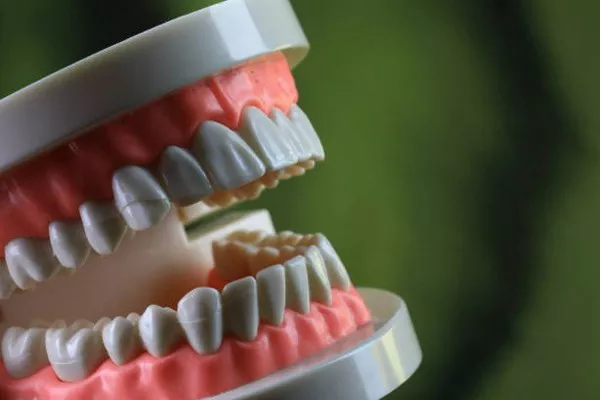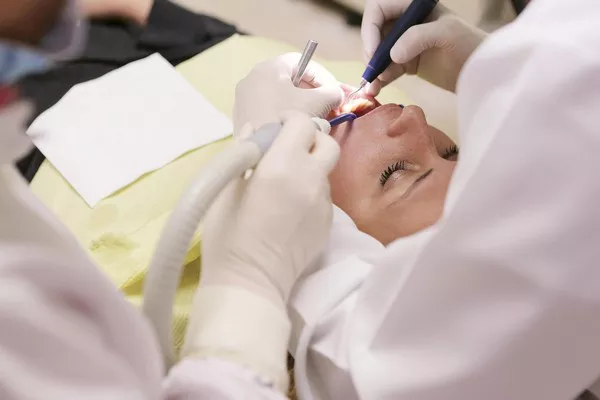Discovering that a dental filling has fallen out can be a concerning experience. However, it’s a common issue that can be resolved with prompt and appropriate care. This article will guide you through the steps to take if your filling falls out, the importance of addressing the problem swiftly, and what to expect during your dental appointment.
Importance of Prompt Attention
Severity
When a filling falls out, it leaves your tooth exposed and vulnerable. The open cavity can easily trap food particles and bacteria, leading to an increased risk of infection. Without the protection provided by the filling, the tooth is also more susceptible to further damage, which can result in pain and sensitivity. If left untreated, this could potentially lead to more severe dental issues, such as abscesses or the need for a root canal.
Timeframe
While it’s crucial to see a dentist as soon as possible, you can generally wait a few days without facing serious consequences. However, this doesn’t mean you should ignore the problem or delay treatment for an extended period. Acting promptly helps minimize the risk of complications and ensures that the issue is resolved before it can worsen.
Steps to Take
Call Your Dentist
The first and most important step is to contact your dentist immediately. Explain the situation and schedule an appointment as soon as possible. Your dentist will prioritize your case, especially if you are experiencing pain or discomfort. Prompt professional attention is essential to prevent further damage and address any underlying issues.
Temporary Solutions
While waiting for your dental appointment after your filling falls out, there are several temporary measures you can take to protect the affected tooth and manage any discomfort:
Rinse with Warm Salt Water: This helps to clean the area and reduce the risk of infection. Mix half a teaspoon of salt in a glass of warm water and gently rinse your mouth several times a day.
Avoid Chewing on the Affected Side: To prevent further damage or discomfort, try not to chew food on the side where the filling fell out. Stick to soft foods that are less likely to cause irritation.
Dental Cement: Over-the-counter dental cement or temporary filling material can be used to cover the exposed cavity temporarily. This is available at most pharmacies and can help protect the tooth until you see your dentist.
Pain Management
If you are experiencing pain or sensitivity, over-the-counter pain relievers such as ibuprofen or acetaminophen can help manage the discomfort. Always follow the dosage instructions provided on the packaging and consult with your healthcare provider if you have any concerns or medical conditions that may affect your use of these medications.
See Also: How Long Does A Gingivitis Cleaning Take
What to Expect at the Appointment
Examination
During your dental appointment, the dentist will conduct a thorough examination of the affected tooth and the surrounding area. This may involve taking x-rays to assess the extent of the damage and identify any underlying issues that need to be addressed. The examination will help determine the best course of action to restore your tooth and prevent further complications.
Treatment Options
Based on the examination, your dentist will discuss the available treatment options with you. These may include:
Replacing the Filling: If the tooth is in good condition and the filling fell out cleanly, the dentist may simply replace the filling. This involves cleaning the cavity and applying a new filling material.
Crown: If the tooth is significantly damaged or weakened, a crown may be recommended. A crown is a protective cap that covers the entire tooth, providing strength and durability.
Root Canal: In cases where the tooth’s pulp is infected or damaged, a root canal may be necessary. This procedure involves removing the infected tissue, cleaning the tooth’s interior, and sealing it to prevent further infection.
Reassurance
It’s natural to feel anxious about dental procedures, but it’s important to remember that your dentist is there to help you. They will provide a personalized treatment plan based on your individual needs and ensure that you are comfortable throughout the process. Modern dental techniques and anesthesia make treatments relatively pain-free, and your dentist will take steps to minimize any discomfort.
Conclusion
In summary, if your filling falls out, it’s important to take prompt action to protect your tooth and prevent further complications. Contact your dentist as soon as possible to schedule an appointment and follow the temporary measures outlined in this article to manage any discomfort. At your dental appointment, the dentist will assess the situation and discuss the best treatment options to restore your tooth and maintain your oral health. Remember, while a lost filling can be concerning, it’s a common issue that can be resolved quickly and effectively with the right care.
You Might Be Interested In






























